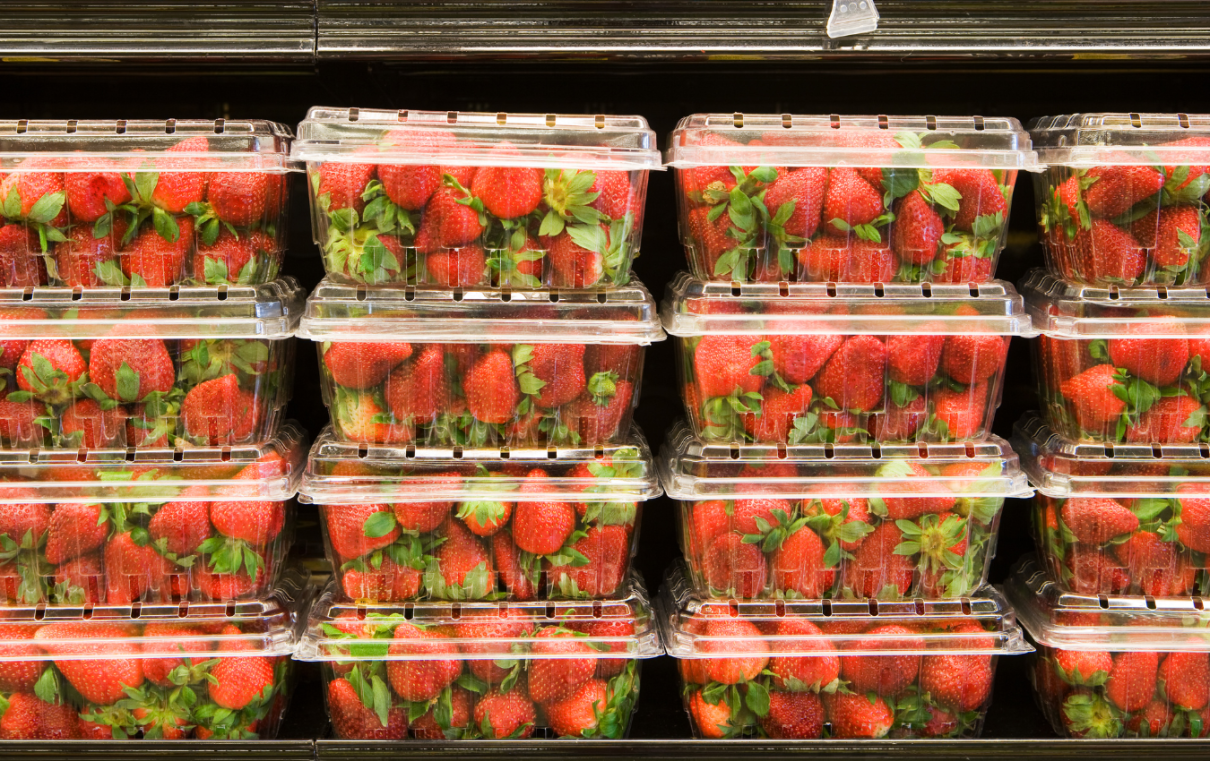Home » Modified Atmosphere Packaging (MAP) Explained
Modified Atmosphere Packaging (MAP) Explained

In the world of packaging innovation, Modified Atmosphere Packaging (MAP) has emerged as a game-changer. This technology not only extends the shelf life of products but also ensures that they reach consumers in optimal condition. In this blog, we will delve into the intricacies of Modified Atmosphere Packaging, exploring its functions, features, benefits, and diverse applications across various industries.
What is Modified Atmosphere Packaging (MAP)?
Modified Atmosphere Packaging, often abbreviated as MAP, is a packaging technique designed to alter the atmosphere inside a package to enhance the shelf life and quality of products. Unlike traditional packaging methods, MAP doesn’t just isolate products from the external environment; it actively manages the gases surrounding them.
Functions and Features of MAP:
Gas Composition Control:
- MAP involves adjusting the levels of oxygen (O2), carbon dioxide (CO2), and nitrogen (N2) inside the package. These gases are chosen based on the specific requirements of the packaged product.
Preservation of Freshness:
- By controlling the atmosphere, MAP can slow down the natural deterioration of products. This is especially beneficial for perishable goods such as fresh produce, meats, and dairy products.
Inhibition of Microbial Growth:
- Lowering the oxygen content in the package can inhibit the growth of spoilage microorganisms and pathogens, reducing the risk of foodborne illnesses.
Retention of Color and Flavor:
- For food products, MAP helps retain the natural color, flavor, and texture by minimizing oxidation and other chemical reactions that occur in the presence of oxygen.
Enhanced Product Presentation:
- MAP often involves transparent packaging materials, allowing consumers to see the product while ensuring its freshness and quality.
Customizable for Different Products:
- MAP is versatile and can be tailored to suit the specific needs of various products, making it suitable for a wide range of industries.
Benefits of MAP:
Extended Shelf Life:
- The primary benefit of MAP is the significant extension of the shelf life of products, reducing food waste and increasing product availability.
Improved Product Safety:
- By controlling the atmosphere, MAP reduces the risk of microbial contamination, enhancing the safety of perishable goods.
Enhanced Product Quality:
- Products packaged using MAP maintain their freshness, taste, and appearance, resulting in higher consumer satisfaction.
Reduced Need for Preservatives:
- MAP can reduce or eliminate the need for artificial preservatives, aligning with consumer demands for cleaner labels.
Increased Market Reach:
- Products with extended shelf lives can be distributed to more distant markets, expanding the reach of businesses.
Applications of MAP:
Modified Atmosphere Packaging finds applications across a wide spectrum of industries:
Food Industry:
- MAP is extensively used for fresh produce, meats, seafood, bakery products, and dairy items.
Pharmaceutical and Healthcare:
- MAP helps preserve the efficacy and stability of pharmaceuticals, medical devices, and diagnostic kits.
Electronics:
- Delicate electronic components and devices benefit from MAP to protect against corrosion and moisture.
Floral Industry:
- MAP keeps cut flowers fresh for longer periods, extending their vase life.
Non-Food Products:
- MAP is also employed for non-food items such as medical equipment, industrial components, and sensitive instruments.
Conclusion:
Modified Atmosphere Packaging (MAP) represents a transformative approach to packaging that optimizes the internal environment to extend the shelf life, improve product quality, and enhance safety. Its adaptability and versatility make it a vital tool for industries ranging from food to healthcare and electronics. As consumers increasingly prioritize freshness, quality, and sustainability, MAP is poised to continue revolutionizing the way products are packaged and preserved, ensuring that they reach consumers in the best possible condition.
If you are interested in modified atmosphere packaging, then partner with Brown Packaging today to get started.
Sustainability in pet product packaging involves balancing environmental impact with functional performance. Materials must protect against moisture, oxygen, and pests while also meeting recyclability or
Retail packaging must do two jobs at once—catch the shopper’s eye while protecting the product through the supply chain. Too much focus on graphics can
As budgets tighten in 2026, packaging buyers are under pressure to reduce costs without increasing damage rates. Cutting too aggressively can lead to product loss,
Many U.S. businesses currently sourcing packaging from China are facing a harsh reality: tariffs and trade volatility can quickly erode margins and disrupt supply chains.
Rising tariffs and trade restrictions on Chinese manufacturing are accelerating the need for U.S. companies to reevaluate their packaging supply chains. Many packaging buyers who
POP display design must serve two masters — maximizing visual impact in-store while minimizing logistics costs. Engineering the right balance between display footprint, assembly complexity,
Home » Modified Atmosphere Packaging (MAP) Explained
Packaging plays a crucial role in attracting customers and promoting brand recognition. Companies often spend a lot of time and money designing the perfect package
Point of Purchase (POP) displays are a crucial element in the world of retail marketing. They play a significant role in catching the eye of
Taking your packaging’s design from concept to completion can seem rather complex and challenging for those that are new to the packaging design process. Everyone